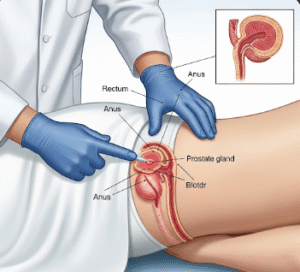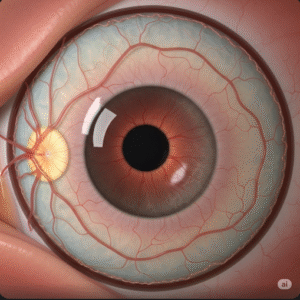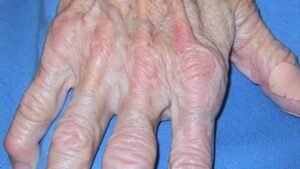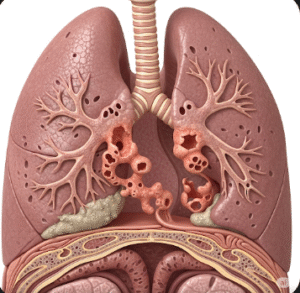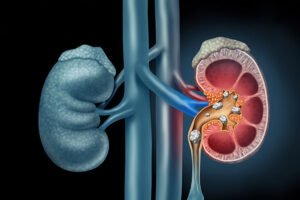Overview
X-Linked Hypophosphatemia (XLH) is a rare genetic disorder that affects bone development and growth due to low phosphate levels in the blood. Unlike typical rickets caused by vitamin D deficiency, XLH is caused by phosphate-wasting in the kidneys. The condition leads to skeletal deformities, short stature, bone pain, and dental issues. Early diagnosis and proper management are essential to minimize complications and improve quality of life.
What is
X-Linked Hypophosphatemia (XLH) is an inherited disorder characterized by impaired phosphate reabsorption in the kidneys, resulting in chronic low phosphate levels (hypophosphatemia). This mineral imbalance interferes with bone mineralization, causing rickets in children and osteomalacia (soft bones) in adults. XLH is linked to mutations in the PHEX gene, which is located on the X chromosome, and is typically passed from parent to child in an X-linked dominant pattern.
Symptoms
- Bowing of the legs (genu varum) or knock knees (genu valgum)
- Short stature or slow growth in childhood
- Bone pain and joint stiffness
- Delayed walking or waddling gait
- Recurrent fractures or bone weakness
- Dental abscesses or poorly formed teeth
- Muscle weakness or fatigue
- Hearing loss in some cases
Causes
XLH is caused by a mutation in the PHEX gene, which regulates phosphate metabolism. This mutation results in excessive levels of fibroblast growth factor 23 (FGF23), a hormone that reduces phosphate reabsorption in the kidneys and impairs the activation of vitamin D. The combined effect is a chronic phosphate deficiency that disrupts healthy bone formation.
Risk Factors
- Genetic inheritance: Having one parent with XLH increases the likelihood of passing the condition to children
- X-linked dominant inheritance: Both males and females can be affected, though symptoms may be milder in females
- Family history of bone deformities or unexplained short stature
- Carrier mothers have a 50% chance of transmitting the condition to their offspring
Complications
- Progressive bone deformities that may require surgical correction
- Impaired mobility due to abnormal gait or joint stiffness
- Dental problems, including frequent abscesses and tooth loss
- Chronic pain in the bones, joints, and muscles
- Psychosocial impacts, including reduced quality of life and low self-esteem
- In adults, enthesopathy (calcification of tendons and ligaments) and spinal issues may develop
Prevention
Since XLH is a genetic disorder, it cannot be prevented, but early diagnosis and proactive care can significantly reduce complications:
- Genetic counseling for families with a history of XLH
- Prenatal screening or early testing in at-risk children
- Routine monitoring of growth and development in affected children
- Patient education on recognizing early signs such as bone pain and dental issues
- Early intervention with phosphate and active vitamin D therapy
Treatment Options in Korea
Treatment in Korea focuses on managing symptoms, correcting phosphate deficiency, and supporting bone development. Common approaches include:
- Phosphate supplements and active vitamin D (calcitriol or alfacalcidol): To restore mineral balance and promote bone growth
- Burosumab therapy (anti-FGF23 antibody): A targeted biologic therapy that improves phosphate regulation — available and approved for use in children and adults
- Orthopedic interventions: Bracing or corrective surgery for severe bone deformities
- Dental care: Regular follow-up and early treatment of dental infections
- Physical therapy: To improve mobility and reduce stiffness
- Multidisciplinary care: Involving endocrinologists, nephrologists, orthopedists, and dentists for comprehensive management
Early and consistent treatment helps reduce symptoms, enhance growth and development, and prevent long-term skeletal complications.







